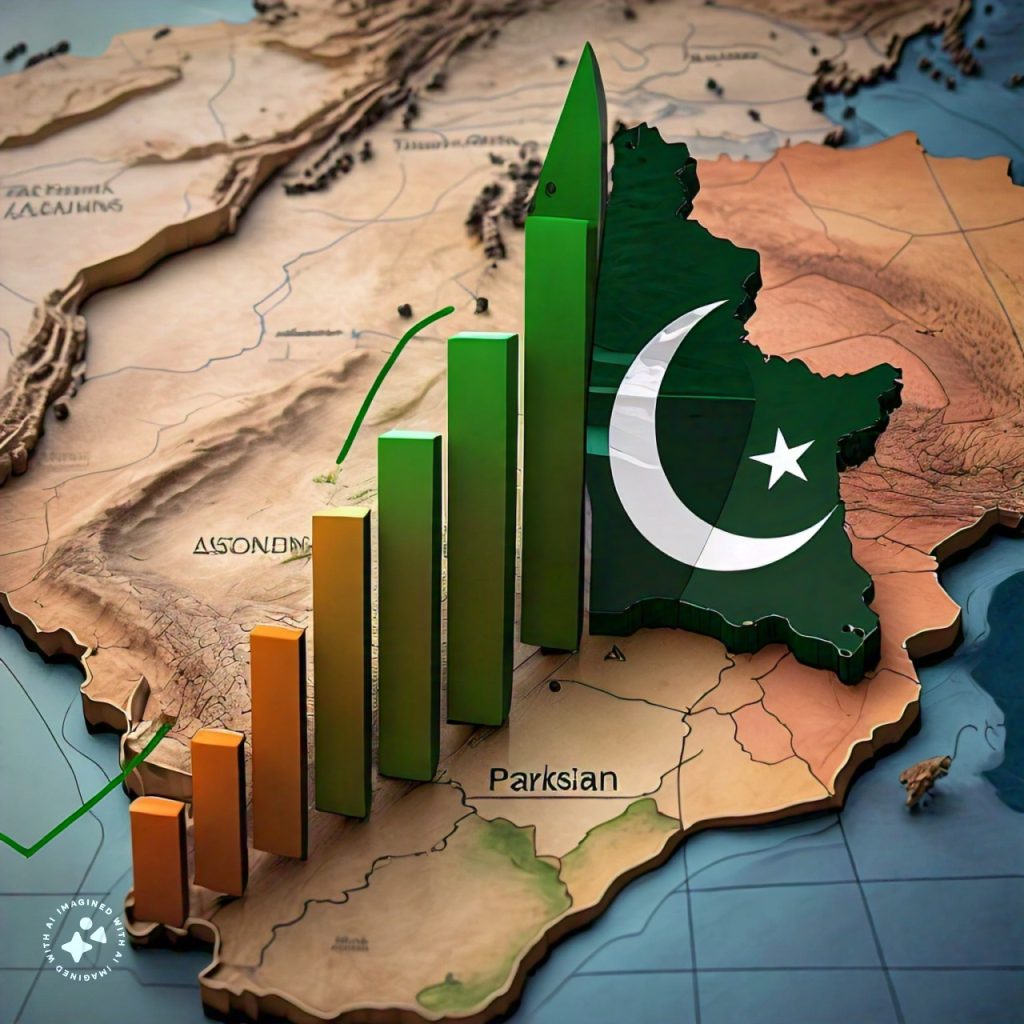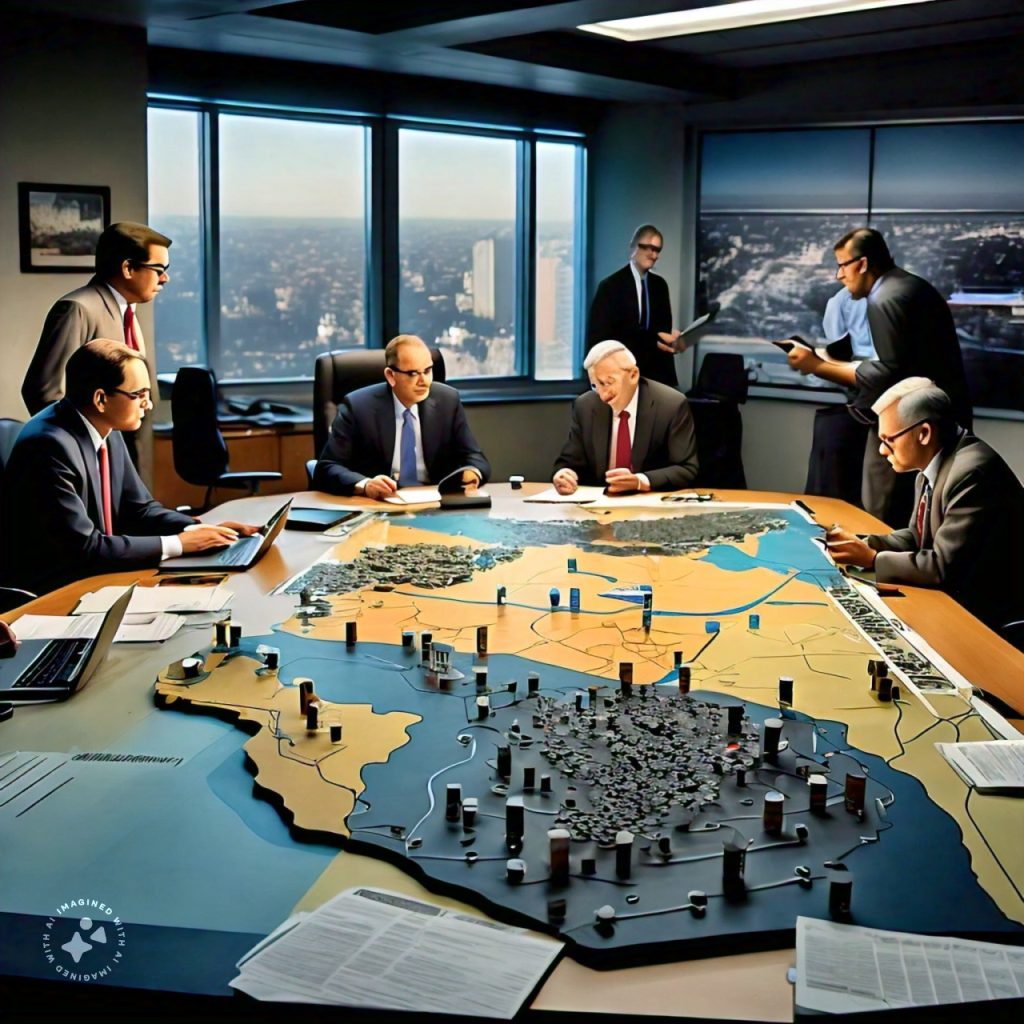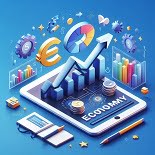Introduction

Pakistan’s Economic Landscape: Pakistan, a country of over 230 million people, has a complex and dynamic economic landscape. With a rich history, diverse culture, and strategic location, Pakistan’s economy has faced numerous challenges and opportunities. In this blog post, we will delve into the current state of Pakistan’s economy, exploring its strengths, weaknesses, and future prospects.
GDP Growth and Economic Performance
Pakistan’s GDP growth rate has been steadily increasing over the years, with a growth rate of 5.5% in 2022. The country’s GDP stands at $276 billion, with a per capita income of $1,562. While these numbers indicate progress, Pakistan still faces significant economic challenges.

Industrial Sector: A Key Driver of Growth
The industrial sector is a significant contributor to Pakistan’s economy, accounting for 20.5% of the country’s GDP. Textiles, food processing, and pharmaceuticals are among the leading industries. However, the sector faces challenges such as energy shortages, infrastructure gaps, and competition from neighboring countries.
Agriculture Sector: The Backbone of the Economy
Agriculture is the backbone of Pakistan’s economy, employing 42% of the labor force and contributing 24.4% to the country’s GDP. Major crops include cotton, wheat, rice, and sugarcane. However, the sector faces challenges such as water scarcity, soil degradation, and climate change.
Trade and Commerce: Opportunities and Challenges
Pakistan’s trade and commerce sector has significant potential, with exports reaching $25.3 billion in 2022. The country has trade agreements with several countries, including China, the United States, and the European Union. However, Pakistan faces challenges such as a trade deficit, currency fluctuations, and competition from regional countries.

Foreign Investment: A Crucial Element for Growth
Foreign investment is essential for Pakistan’s economic growth, with the country receiving $2.1 billion in foreign direct investment in 2022. China’s Belt and Road Initiative (BRI) has also invested heavily in Pakistan’s infrastructure and energy sectors. However, Pakistan faces challenges such as political instability, security concerns, and bureaucratic hurdles.
Economic Challenges: Energy Crisis, Inflation, and Corruption
Pakistan faces significant economic challenges, including an energy crisis, high inflation, and corruption. The country’s energy sector is plagued by power shortages, transmission losses, and circular debt. Inflation has also been a persistent issue, with prices rising by 12.7% in 2022. Corruption remains a significant obstacle to economic growth, with Pakistan ranking 140th out of 180 countries in Transparency International’s Corruption Perceptions Index.

Future Prospects: Opportunities and Challenges
Despite the challenges, Pakistan’s economy has significant potential for growth. The country’s young population, strategic location, and natural resources provide a solid foundation for economic development. The government has also launched several initiatives to promote economic growth, including the Pakistan Tehreek-e-Insaf (PTI) government’s “Naya Pakistan” vision.
Conclusion
In conclusion, Pakistan’s economic landscape is complex and dynamic, with both strengths and weaknesses. While the country faces significant challenges, there are also opportunities for growth and development. By addressing the challenges and leveraging the opportunities, Pakistan can unlock its economic potential and achieve sustainable growth and prosperity.


2 comments
Brent Lesch
August 21, 2024 at 10:59 am
Great insights! I found your take on sustainable living incredibly practical. Looking forward to implementing some of these tips! Check out [Asian Drama](https://asiandrama.live) for more inspiring content.
Ronnie Thanem
September 20, 2024 at 5:12 pm
Great insights! I found your take on sustainable living incredibly practical. Looking forward to implementing some of these tips! Check out [Get Info](https://asiandrama.live) for more inspiring content.